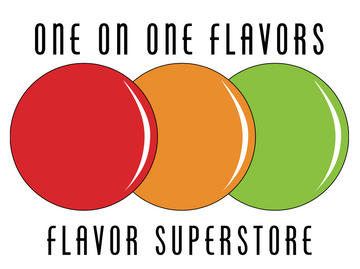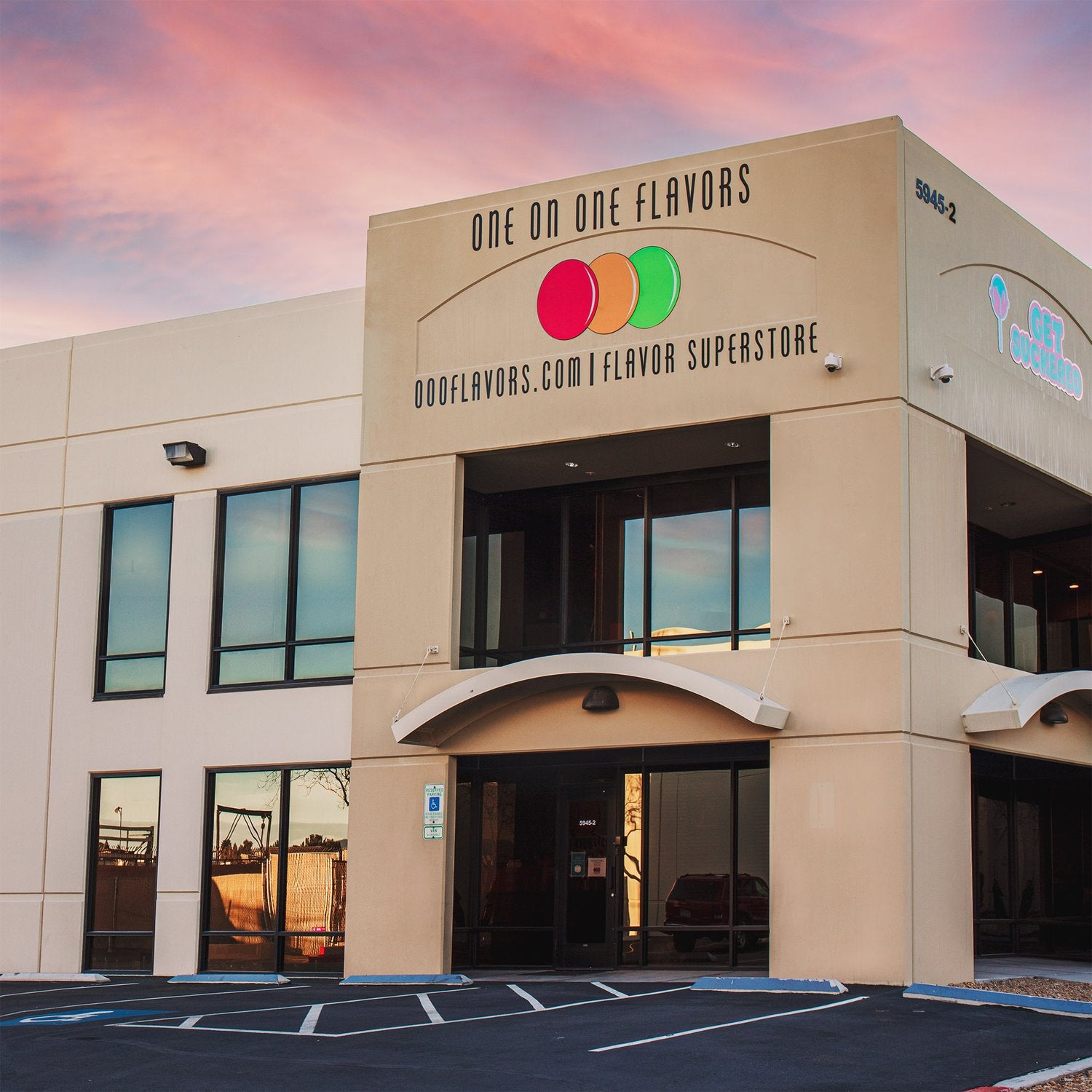When it comes to enhancing the flavor of food and beverages, two popular choices are flavor extracts and flavor concentrates. While both provide intense flavors, they differ significantly in composition, strength, and usage. Understanding these differences can help you choose the best option for your recipes.
What Are Flavor Extracts?
Flavor extracts are made by steeping natural ingredients in alcohol or another solvent to extract their essence. This process pulls out the aromatic compounds from ingredients like vanilla beans, almonds, or citrus peels.
Key Characteristics of Flavor Extracts:
- Contain alcohol or glycerin as a base
- Often less concentrated than flavor concentrates
- Provide a more natural flavor due to real ingredient infusion
- Best for baking, beverages, and low-heat applications
Try It: Use Vanilla Bean Flavoring for classic baked goods and frostings.
What Are Flavor Concentrates?
Flavor concentrates are highly potent, alcohol-free flavoring agents that deliver intense flavor with just a few drops. They are formulated to be stronger and more heat-stable than extracts, making them ideal for high-heat applications and low-moisture recipes.
Key Characteristics of Flavor Concentrates:
- Do not contain alcohol (ideal for alcohol-free recipes)
- More heat-stable, making them great for high-temperature cooking and baking
- Provide a stronger, more concentrated flavor than extracts
- Suitable for candy making, lip balms, beverages, and sugar-free recipes
Try It: Enhance candy-making with Strawberry Flavoring or Cotton Candy Flavoring.
Key Differences Between Extracts and Concentrates
| Feature | Flavor Extracts | Flavor Concentrates |
|---|---|---|
| Base | Alcohol/Glycerin | No alcohol |
| Potency | Mild to Moderate | Highly Concentrated |
| Best Used In | Baking, beverages, ice cream | Candy, lip balms, high-heat recipes |
| Heat Stability | Moderate | High |
| Shelf Life | Long | Longer |
| Usage Amount | Requires more | Requires less |
When to Use Flavor Extracts vs. Flavor Concentrates
Use Flavor Extracts When:
✔ You need a more natural, alcohol-based infusion (e.g., vanilla extract for baking).
✔ You’re making beverages, ice creams, or delicate baked goods.
✔ A mild, subtle flavor is preferred.
Use Flavor Concentrates When:
✔ You need intense, long-lasting flavor with fewer drops.
✔ You’re working with candy, high-heat baking, or sugar-free recipes.
✔ You want alcohol-free flavoring for health or dietary reasons.
Why Choose OOOFlavors for Flavoring Needs?
OOOFlavors offers a wide selection of sugar-free, heat-stable flavor concentrates designed for various applications.
✔ Highly Concentrated – A little goes a long way
✔ No Added Sugar – Ideal for keto, low-carb, and diabetic-friendly recipes
✔ Versatile – Works in candy, baking, and beverages
Explore the full collection of OOOFlavors flavor concentrates to find the perfect match for your next recipe.

